When a typhoon hit Alaska, public radio station KYUK was on the air, broadcasting critical information about conditions, evacuations and search and rescue operations. An estimated 1600 people were displaced and many were saved in the biggest airlift operation in state history“The work that we do in terms of public safety communication literally does save lives”, said Sage Smiley, KYUK’s news director. KYUK is small, scrappy and bilingual. It broadcasts in English and Yugtun, the native language of an indigenous population that lives in villages along two massive rivers. The station airs NPR but also high school basketball games, local call-in talk shows, even a show hosted by the volunteer search and rescue team answering listeners’ questions about ice conditions and safety. The station is a lifeline for this unique region.KYUK news covers an area the size of the state of Oregon, and after Congress passed the Rescission Act, it lost 70 percent of its operating budget. Republicans have targeted public media since its inception in the late 60’s. But this is the first time it has successfully ended the Corporation for Public Broadcasting, wiping out more than a billion dollars in funding for public media. This week on Reveal we take listeners inside KYUK as it grapples with this new reality. Host Al Letson sits down with Alaska Senator Lisa Murkowski about how the cuts are affecting her state. And, we take a trip to WQED in Pittsburgh for a look back at how Fred Rogers, the host of Mr. Rogers’ Neighborhood, defended public television throughout its decades-long struggle to survive Washington politics.
Support Reveal’s journalism at Revealnews.org/donatenow
Subscribe to our weekly newsletter to get the scoop on new episodes at Revealnews.org/weekly
Connect with us onBluesky, Facebook and Instagram
Learn about your ad choices: dovetail.prx.org/ad-choices







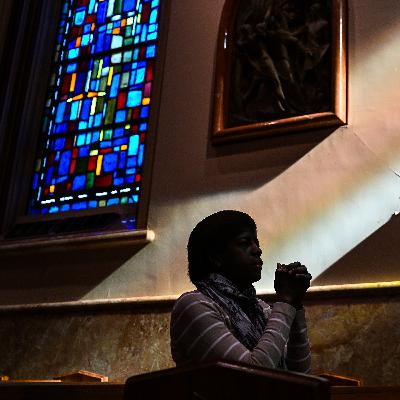

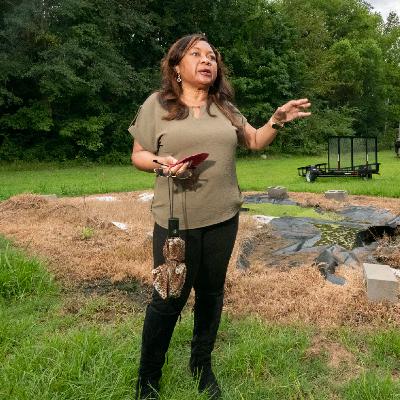
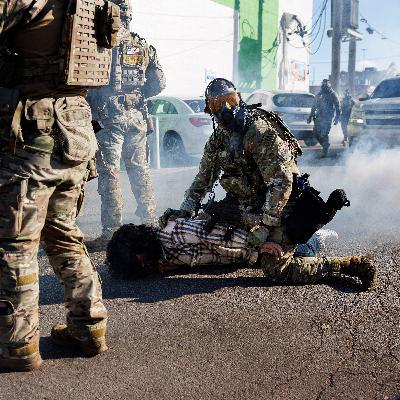



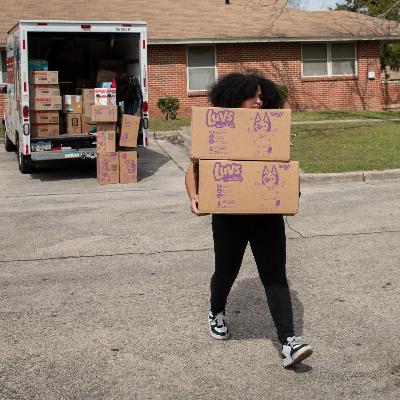

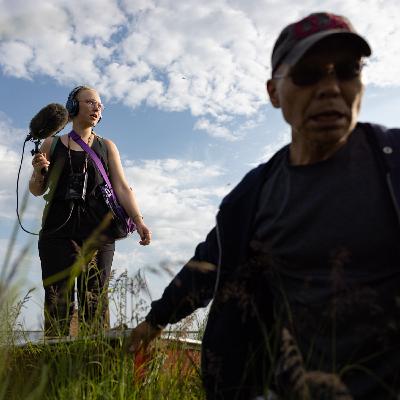
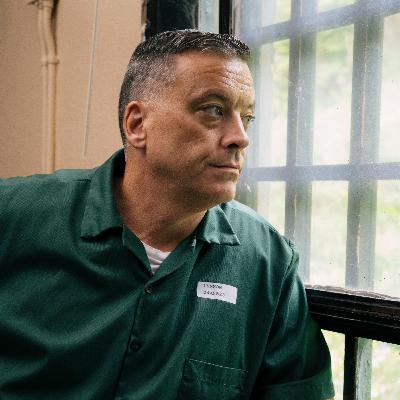
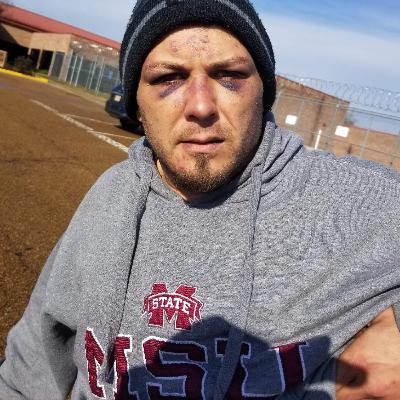
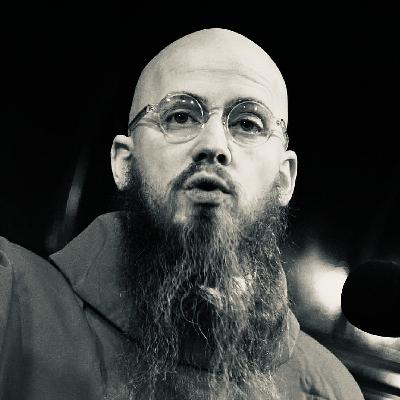
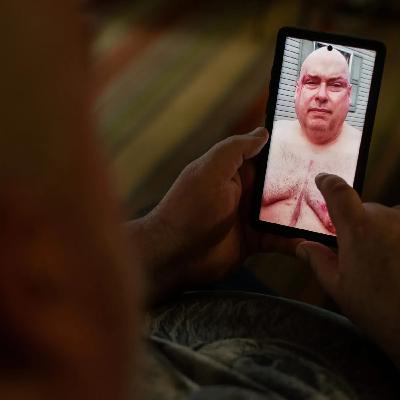

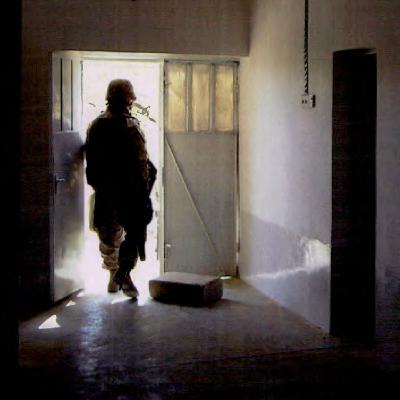





My favorite commentary on monument avenue in Richmond was from Robin Williams, who when he visited said he'd never seen so many second place trophies.
This was a fantastic story, one of the best Reveal has done. The flotilla was so dismissed here in the States that I had no idea how much was involved.
this episode rocks. thank you, Al
Is the "scoop" here that an entitled kid thinks nothing is his fault and his parents are behind him on that?
Trump doesn’t know what the f he’s doing with anything. Trump has always been a failure. He’s nothing but a traitor. It’s disgusting we have a traitor as a president He’s a failure as a president and our country is not great as it was before that ignoramous continually screws every American. He thinks the highest office in the world is a reality show. He’s failing ever day.
When are we the people going to repeal the HMO Act of 1973? I'm so tired of patients getting murdered and going bankrupt all because Nixon wanted his little friend Kaiser (of Kaiser Permenante) some money.
Kids get taught to do their homework and not cut corners. Schools get a task and start cutting corners on their homework. A case of do as I say (/teach), not do as I do?
It is so weird to me when someone reacts to shifting politics with, "God is good!" In this case we're talking about overturning a 50- year precedent. Was God not good for those 50 years? Was something more powerful preventing God's way for 50 years? Or do you just mean that the work of people that by your belief agree with God did something you believe God will find good? And if it's the last one, why are you giving God any credit?
I'm almost certain they are using AI for some of the hosts' voices in this episode
8*++#: ×asad5m .a
Great episode
I’ve been writting to you about the Troubled teen industry for a bit, please Check out my TikTok playlist on it. @slaythetti, I am survivor, activist, and do a lot more than that, but I am an expert on the tti, history of it, the of fraud Paris Hilton & SICCA, how marginalized survivors still don’t get heard and more. I am a survivor of the Elan school, and so much more. Please email me at JusticeforElanSurvivors@gmail.com I can help
I’ve been writting to you about the Troubled teen industry for a bit, please Check out my TikTok playlist on it. @slaythetti, I am survivor, activist, and do a lot more than that, but I am an expert on the tti, history of it, the of fraud Paris Hilton & SICCA, how marginalized survivors still don’t get heard and more. I am a survivor of the Elan school, and so much more. Please email me at JusticeforElanSurvivors@gmail.com I can help
This episode makes me want to beat myself to death. My blood is fucking boiling. And it's nothing new or surprising to me!!! The fact that Quanessa is still grateful for Maximus even though they literally did nothing but make money off her and now she's working 66 hours a week doing the same thing she already had experience in?!?! Will she be able to save? Go to college? Ever move up? Spend quality time with her family? Send her kids to college? America needs to pull its head of capitalism's butthole real fast because this only leads one direction - revolution. Bloody destructive revolution. That's just historical fact. 🤬🤬🤬
To those who share the "pro-coal" opinions. It's absolutely not an "attack" on coal. They're right too when they say that coal drove the industrial age and continues to power America.... however so did DC voltage. Then a better alternative came along and it was slowly phased out.... sound familiar? It's called progress and innovation. It's nothing personal. It's just simply not safe to burn no matter how you slice it. So coal, thanks for everything but we're breaking up. Great story Reveal
Charlottesville foreshadowing.
This is so incredibly intellectually dishonest. Stand-Your-Ground laws only remove an otherwise duty to retreat. The other elements of self defense still apply: innocence, imminence, reasonableness, and proportionality. I am quite familiar with a few of the cases cited in this episode, and this show did absolutely not describe them honestly. Every state is Stand-Your-Ground, whether by satutue or by precedent, and several predate Florida's 2005 statute. Do NOT take your information for Stand-Your-Ground from this show. They are purely agenda driven.
Have you guys seen this https://image-ppubs.uspto.gov/dirsearch-public/print/downloadPdf/5676977
Put a gun to her head twice, discharged a weapon right next to her head?!?! How is that not a big deal or something to laugh off? Frightening!!
what is the point of asking a conservative or republican whether they "believe" in climate change. ask them what research they've done. tell them that 97% of climatologists are in agreement of human-caused warming. If YOU are convinced of global warming, do your homework and ask pointed questions to your interviewees. sheesh...